Glucose Prediction apps were presented at the DiabetesMine virtual conference and are each available in select countries, November 2020, according to Diatribe.org, 30 November 2020.
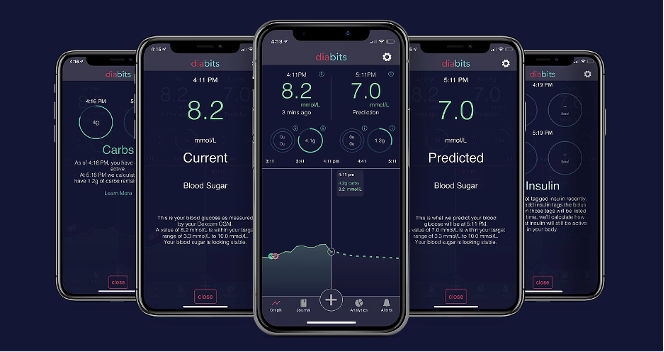 Diabits is a Canadian DIY companion app that aims to predict your glucose levels ahead of time so you can make adjustments for the future. Currently Diabits needs at least five days of CGM data to estimate glucose levels one hour into the future and predict nighttime hypoglycemia nine hours in advance. The app uses CGM data, food information that you enter, and smartphone activity data to provide glucose sensing predictions. Diabits is compatible with Dexcom CGM devices with Share, but it’s not yet available in the US.
Diabits is a Canadian DIY companion app that aims to predict your glucose levels ahead of time so you can make adjustments for the future. Currently Diabits needs at least five days of CGM data to estimate glucose levels one hour into the future and predict nighttime hypoglycemia nine hours in advance. The app uses CGM data, food information that you enter, and smartphone activity data to provide glucose sensing predictions. Diabits is compatible with Dexcom CGM devices with Share, but it’s not yet available in the US.
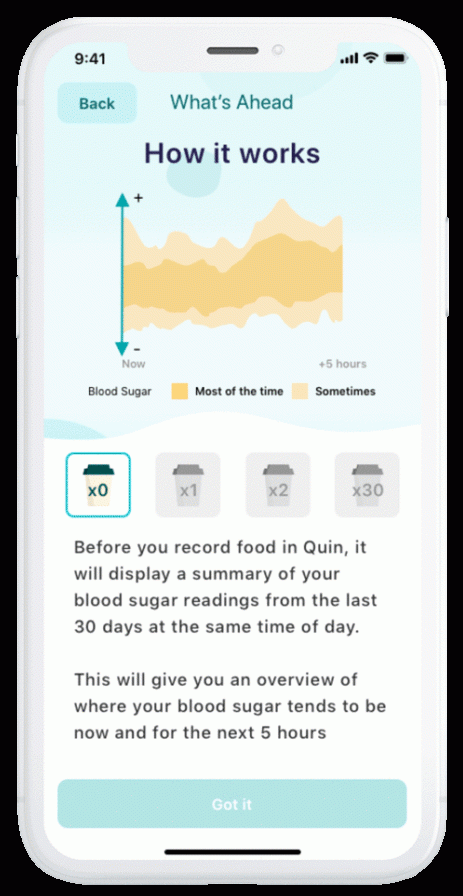 Quin is a free UK-based mobile app that helps people on multiple daily injections of insulin calculate insulin titration and dose timing. Founder and CEO Cyndi Williams shared that using the app, 67% of people spent more Time in Range, and 75% of people had fewer high and low glucose events. Users are asked to log three weeks of information in the app about their meals (size, time eaten, and an optional carb count), basal and bolus insulin doses, and glucose treatments, so the app can gain sufficient insight about the individual.
Quin is a free UK-based mobile app that helps people on multiple daily injections of insulin calculate insulin titration and dose timing. Founder and CEO Cyndi Williams shared that using the app, 67% of people spent more Time in Range, and 75% of people had fewer high and low glucose events. Users are asked to log three weeks of information in the app about their meals (size, time eaten, and an optional carb count), basal and bolus insulin doses, and glucose treatments, so the app can gain sufficient insight about the individual.
Read more: Tech Updates: Glucose Prediction Apps
How Sweet It Is: All About Artificial Sweeteners and Diabetes was written by Cheryl Alkon for diaTribe.org, 30 November 2020.
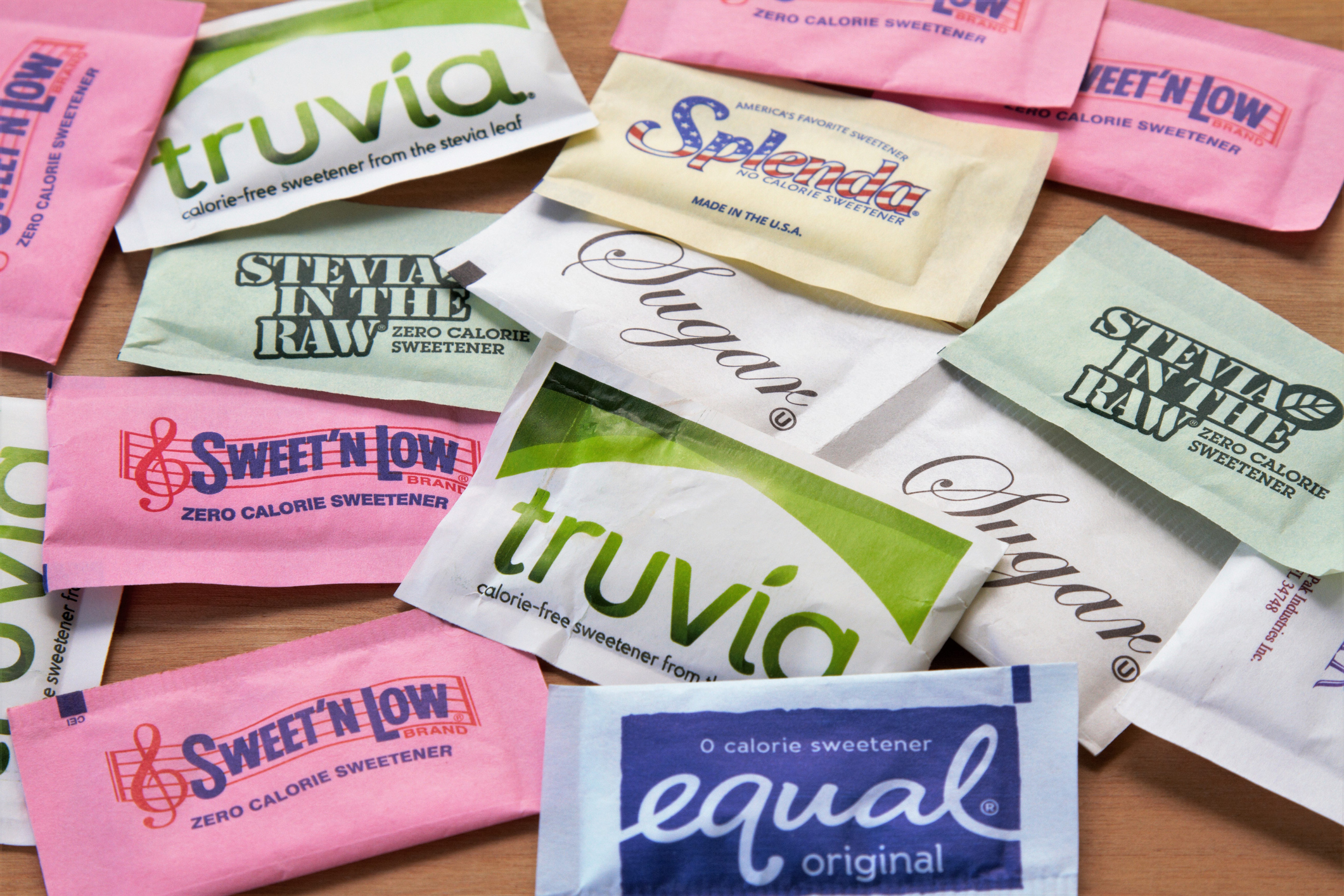 What are artificial sweeteners? How do they work? How do they affect people with diabetes? And ultimately, are artificial sweeteners good for you?
What are artificial sweeteners? How do they work? How do they affect people with diabetes? And ultimately, are artificial sweeteners good for you?
In short, artificial sweeteners can be much sweeter than sugar itself, so a little goes a long way. This can help reduce how many calories you consume from an artificial sweetener. Additionally, artificial sweeteners are typically not absorbed by the body the way sugar is, so they pass through you without as much concern for weight gain or blood sugar fluctuations.
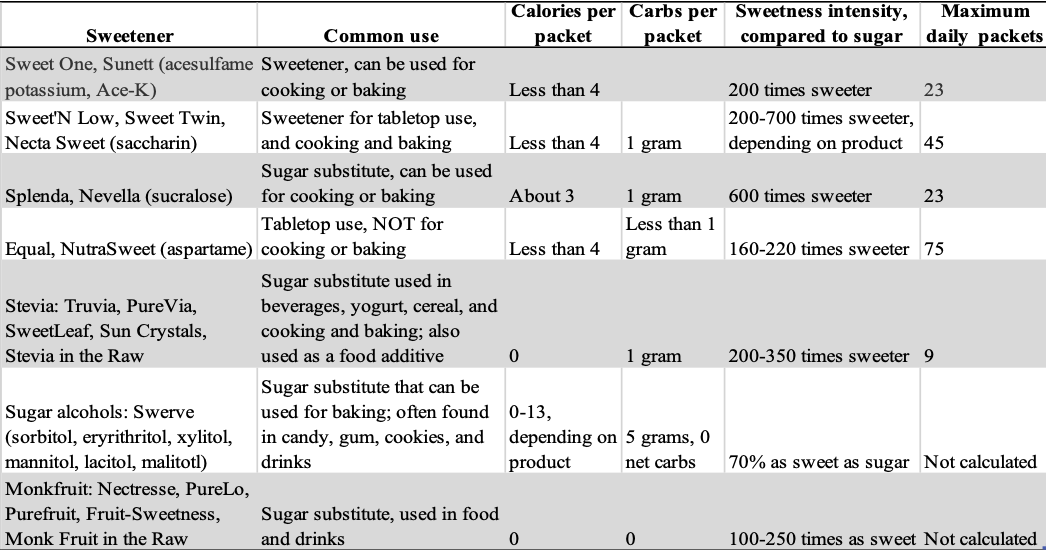
Are some sweeteners healthier? Some people may be sensitive to certain artificial sweeteners, and Arevalo said plant-based sweeteners may cause fewer side effects such as stomach discomfort.
-
- Stevia: Stevia sweeteners are plant-based and newer, and they cost more than sweeteners that have been on the market longer, notes Arevalo.
- Monk fruit: “Monk fruit is gaining popularity due to consumer demand for ‘natural foods’ because it originates from the pulp of the fruit,” said Smithson.
Sugar alcohol sweeteners occur naturally in foods and are absorbed by the body more slowly than sucrose. They may be not calorie-free or carb-free. Typically used as a food additive for sugar free candies, cookies, mints and gum, sugar alcohols don’t cause cavities or a rapid jump in blood glucose levels, but they can cause diarrhea, stomach cramps, gas and bloating in some people, especially if you eat a lot of them. Swerve is a sugar alcohol sweetener that is popular among people eating very low carb diets – it has no calories and no effect on blood glucose.
Read more: All About Artificial Sweeteners and Diabetes
A New Maple Cream Designed for Low Blood Sugars was reported by Mike Hoskins for DiabetesMine.com,
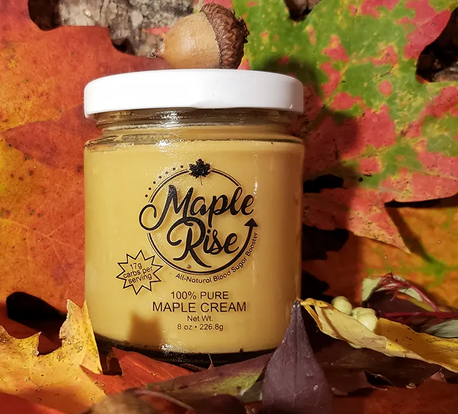 Embracing his family heritage in the maple syrup business, Darren Celley, from Vermont, is fundraising to launch a new product geared specifically toward people with diabetes (PWDs): Maple Rise, a spreadable maple butter that can raise low blood sugars quickly and more pleasantly than powdery glucose tabs, juice, or large mouthfuls of candy. Diagnosed at age 12 in 2008, Celley is proud to be bringing a diabetes twist to the traditional concept of maple syrup and its spreadable offspring, maple cream.
Embracing his family heritage in the maple syrup business, Darren Celley, from Vermont, is fundraising to launch a new product geared specifically toward people with diabetes (PWDs): Maple Rise, a spreadable maple butter that can raise low blood sugars quickly and more pleasantly than powdery glucose tabs, juice, or large mouthfuls of candy. Diagnosed at age 12 in 2008, Celley is proud to be bringing a diabetes twist to the traditional concept of maple syrup and its spreadable offspring, maple cream.
Maple cream is simply whipped maple syrup, that turns out more condensed than syrup in the production process. For the most part, it looks like peanut butter when it’s all stirred up and ready to consume. Maple Rise is all-natural, without any additives. Just like the maple syrup and maple sugar his family makes, the only ingredient is 100-percent pure maple from Vermont, Celley notes.
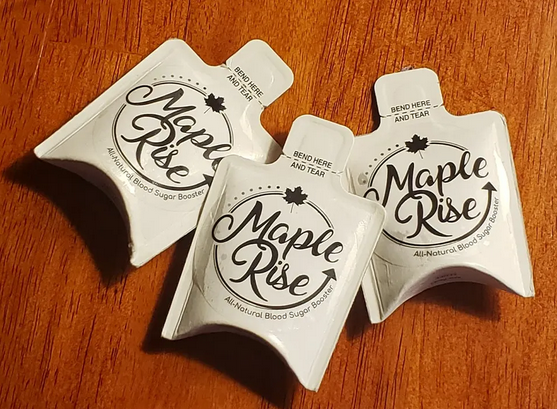 Maple Rise is currently being sold in a 1/2- or full-pound jar ($12 and $20, respectively). The proceeds from those sales are going toward the diabetes twist on the product: New, small, portable 1-tablespoon packets of Maple Rise that Celley plans to begin marketing as a treatment for hypoglycemia (low blood sugar) in 2021. “This product is aimed at addressing the lack of effective, durable, and health-conscious remedies for low blood sugar,” he notes on the company’s website. Each pouch contains 17 grams of pure sugar for a quick glucose boost.
Maple Rise is currently being sold in a 1/2- or full-pound jar ($12 and $20, respectively). The proceeds from those sales are going toward the diabetes twist on the product: New, small, portable 1-tablespoon packets of Maple Rise that Celley plans to begin marketing as a treatment for hypoglycemia (low blood sugar) in 2021. “This product is aimed at addressing the lack of effective, durable, and health-conscious remedies for low blood sugar,” he notes on the company’s website. Each pouch contains 17 grams of pure sugar for a quick glucose boost.
Read more: A New Maple Cream Designed for Low Blood Sugars


Hey Maple rise sounds interesting.